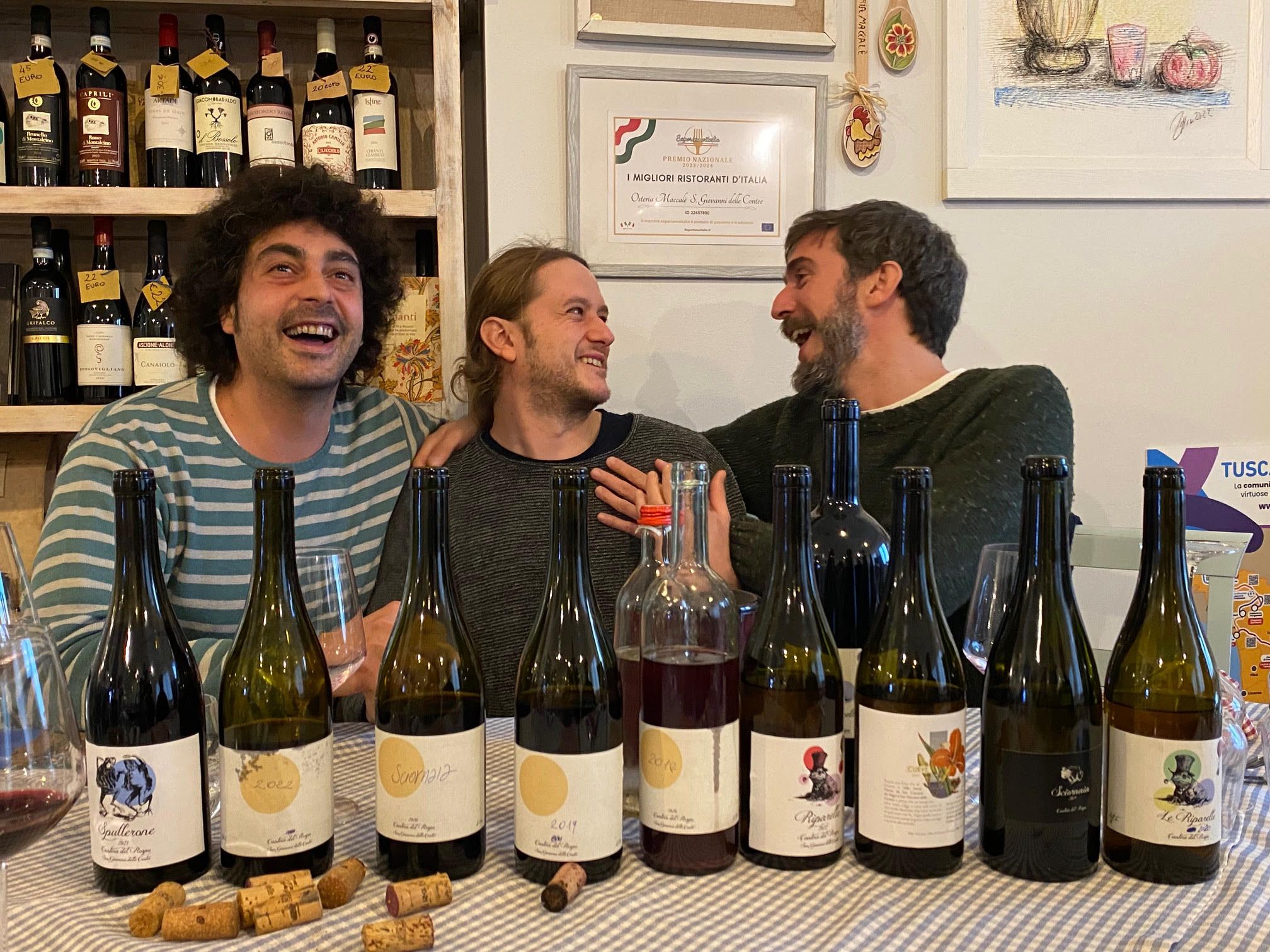Come and find out for yourself what is happening with Italy’s new wave winemakers at Swig’s tasting at London’s 67 Pall Mall on March 18. Click here for more details and to register.
You claim your upcoming new wave Italian tasting is potentially as breakthrough as the first new wave South Africa tasting in 2015. What makes you so excited about what is happening in Italy?
I see a strong similarity in Italy that I saw in South Africa, with young producers with a new attitude and vision for their respective regions, who are breaking away form the established way. This community of producers are gathering as friends to support one another, and you can feel the excitement and potential.
We have tasted some wines that are tremendously exciting, that are a complete departure from the perceived norm. For instance, Gianluca Bergianti is making a whole range of double fermented wines with the Lambruso grapes, from old cuttings. Gianluca Colombo is showing the quality of Barolo through a different lens, expressing terroir above everything. Stefano Amerighi is making groundbreaking Syrah in Tuscany, inspired by the Northern Rhone producers of Cornas.
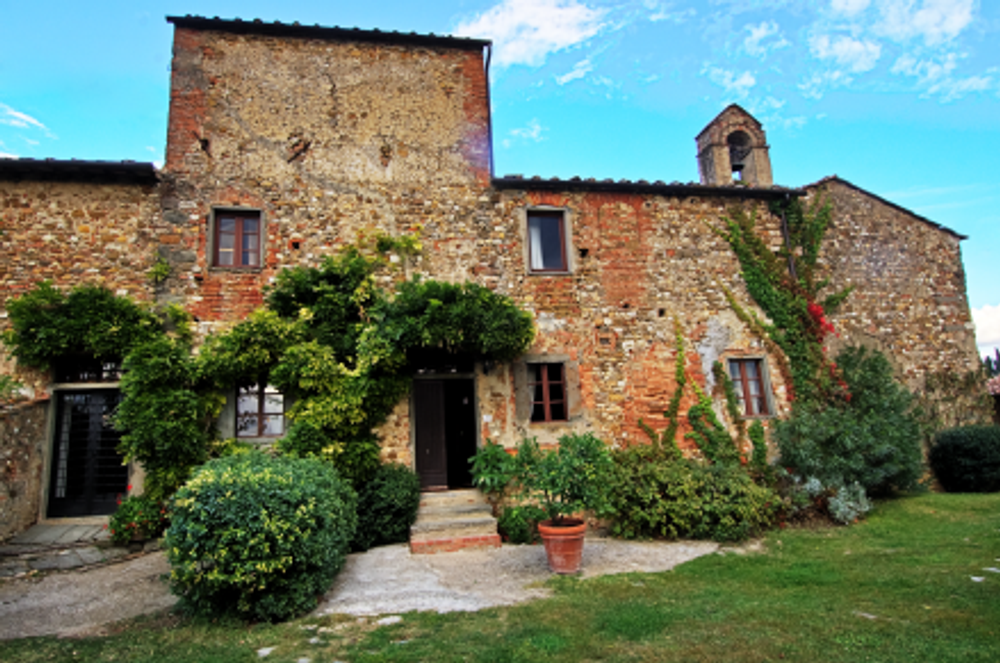
Cigliano di Sopra in Chianti is one of the new wave producers to be excited about
In San Casciano, in Chianti, there’s a producer, Cigliano di Sopra, who has worked with Raj Parr and Sashi Moorman and at Montevertine, and Fontodi, who is young and just making wine in the area that’s different, but beautiful. And then there are the childhood friends who’ve come together to save the old town of their grandparents, on the Tuscan border of Lazio and Umbria, from becoming a ghost town, through their label, Catina del Rospo.
This is not a project to make money, but to bring some pride back to the locals and show people it’s not all about Brunello, which of course is where the money has been poured into.
There’s now a festival each year, attended by top winemakers and some journalists. It reminds me of the Swartland Revolution. This is very new wave.
These guys are starting to turn Italian wine upside down. It’s only the beginning. It’s even harder in Italy, that it was South Africa, to bring about this change, as it’s a much bigger industry and more spread out, but it’s happening for sure.
Is this happening all over Italy or specific regions?
Tuscany appears to be a hub where many exciting new producers are emerging. Piedmont is closely following suit as the torch passes to the new generation. The rest of Italy is gradually catching up.
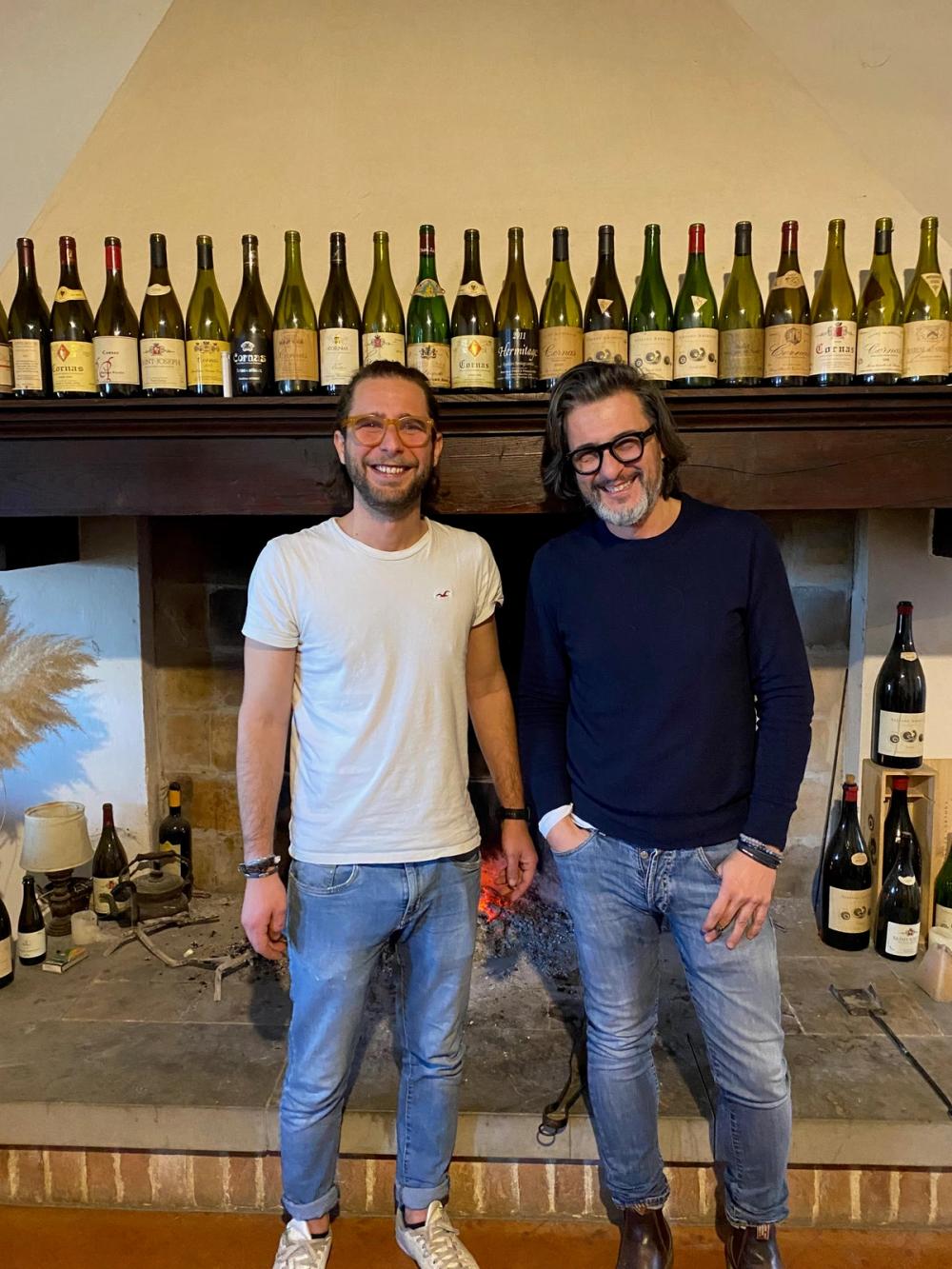
Swig will be bringing new wave Italian winemakers to the UK for the first time at its tasting on March 18
While we often hear the term “revolution” thrown around at tastings, the reality is that not much is happening in Italy, making it quite challenging to identify the producers who will truly drive change in the future. But we are seeing signs of it in Emilia, both in Lambrusco, and in still winemaking, in Modigliana, in the Appenines, where Sangiovese can have incredible minerality, and the whites can have such intensity and purity, and the Marche.
Why do you think there are so many interesting and dynamic winemakers emerging in Italy?
Many young people have realised they can sustain themselves by selling wine, and previously overlooked regions are flourishing while land prices remain reasonable. In Tuscany, for instance, areas like Cortona and Sorano are of particular interest.
It’s taken years for this breakthrough to happen, and there have been some early adopters, like Stefano Amerighi in 2006, who planted Syrah in Cortona, and that encourages others. Young winemakers have amazing admiration for what he’s done. When you start to see and imagine what’s possible, something rises up in you.
It will be the same in Barolo, where Gianluca Colombo is making a ripple effect. And I’m sure it will be the same in Lambrusco, as people follow Bergianti, and so on. To taste Verdicchio with the finesse and concentration of La Staffa is incredible. It makes you re-think if Friuli is the place for the best whites. Top winemakers are drinking these wines in their cellars with friends and assistant winemakers, and you get a spin-off from that quite quickly.
Also, quite a few producers have been working abroad, where they may see that anything is possible, and where they drink lots of eye-opening good wines. So, they ask what they can do themselves to change things. They spot each other a mile off and start to form a community that can change the culture, which helps it become more dynamic overall, more quickly.
Is there a specific style that is exciting you or more an approach to winemaking that is so breakthrough?
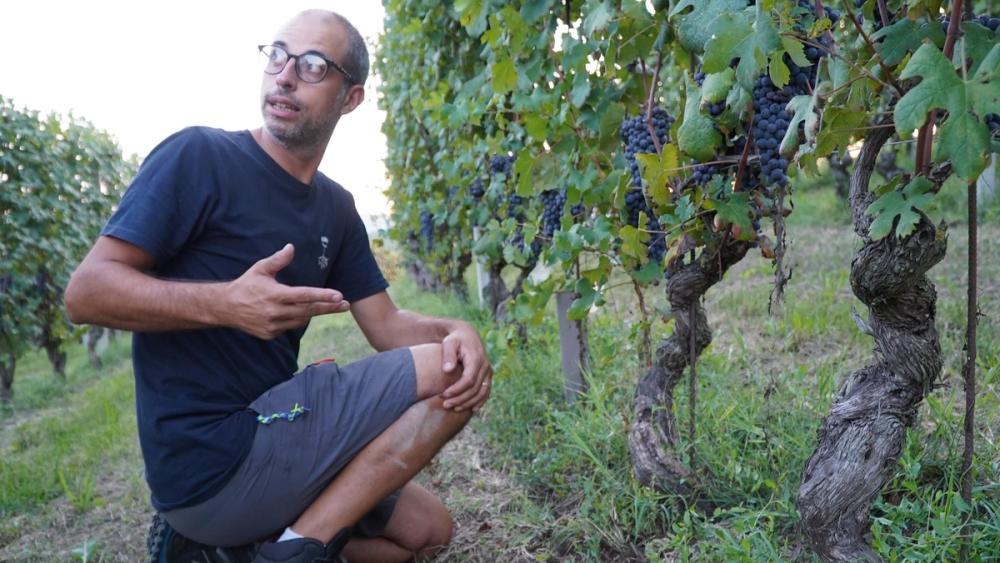
Robin Davis is particularly keen on what Gianluca Colombo is doing in Barolo
We’re not fixated on a specific style, but in Italy, terroir is now the priority when it comes to wine. Figures like Gian Luca Colombo and Francesco Bordini are important names for the future in our industry. Through their consultancy work, they’ve cultivated an unparalleled understanding of their respective regions and that comes through in their wines.
In Barolo, Gianluca Colombo has really thought through how to make Nebbiolo reflect its terroir. It’s so exciting to taste his wines, and those for whom he consults. He’s influencing others. It’s a ripple affect. Essentially the wines show more nuances, with prettier aromas, and they are gentler and silkier, with more finesse and lower tannin that in the past. It’s been coined the Neoclassical style.
How have you gone about discovering these producers and winemakers?
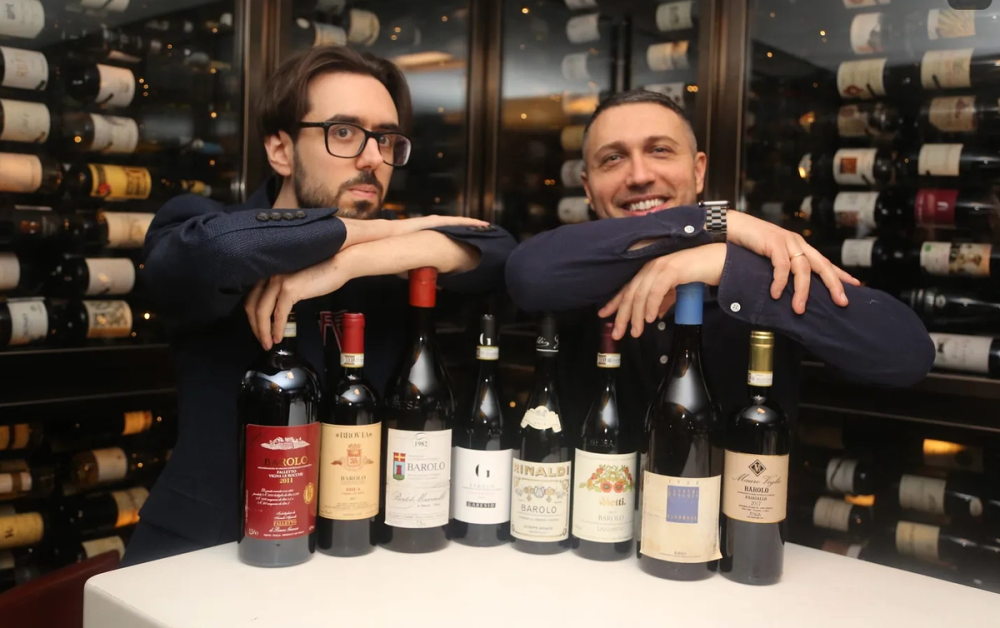
Swig’s Nelson Pari with Federico Moccia head sommelier at 67 Pall Mall
It’s been a huge amount of study and time by my colleague Nelson Pari. He is in Italy monthly and has got to know communities of wine producers in quite a few different regions, before he ever started buying. Nelson is naturally curious, and quite a thinker.
Swig’s Italian portfolio is purposefully curated. While many wines are made for export markets, we aim to showcase wines that are highly sought-after in Italy itself. Our wines are on the shelves of the new cool wine bars restaurants in Italy. Nelson spends quite a lot of time speaking with Italian buyers before any decision is made.
He also has two friends in Italy with whom he tastes verticals of wine producers, which offer insights into Italian wine history. They publish discussions of these tastings in a kind of underground magazine called ‘Verticale’. This has also led him on the path to up-and-coming producers.
What differentiates them from the wines and producers you are seeing on a lot of premium wine lists?
Mainly they are more characterful wines. Smaller production, and probably better made, with more attention in the vineyards, totally organic, or biodynamic. There is a danger that famous brands, and there are good number from Italy, have to live up to their fame, and they can become insecure, and that can result in vinous equivalent of shoulder pads, cosmetic surgery, more and more make up, to make sure those top scores they once got are maintained and justified.
Is it time for sommeliers to be thinking outside of the big Italian names and seeing as Italy as a test bed and breeding ground for new talent?
Sommeliers have always looked beyond the established Italian names. However, for wine merchants, embracing new trends in Italy might prove more challenging, especially for those entrenched in the Burgundy and Bordeaux markets. Also, UK market demonstrates loyalty to favoured producers. At Swig, we aim to showcase the organic evolution of Italian wine history.
What we’ve been drinking in Italy in the last couple of years is so inspiring and exciting and yes, it is completely a breeding ground for new talent and needs to be taken seriously. The flavours are amazing.
What can people expect at the tasting?
We have these inspirational producers, who have become talked about by other producers as some of the most exciting in Italy, who are changing the dynamic of winemaker there, coming to pour their wines. There are 18 of them. It’s one of the most interesting collection of Italian producers who are really making a difference to the Italian wine scene in one room you will find anywhere.
Who do you ideally want to come to the tasting in terms of their attitude and interest in Italian wine?
All sommeliers, chefs, restaurateurs who want to discover the new trends in Italy. If you’re a chef and you hear about an inspirational new chef, you are interested to go and eat their food. It’s the same with wine.
Any producers you want to highlight and why?
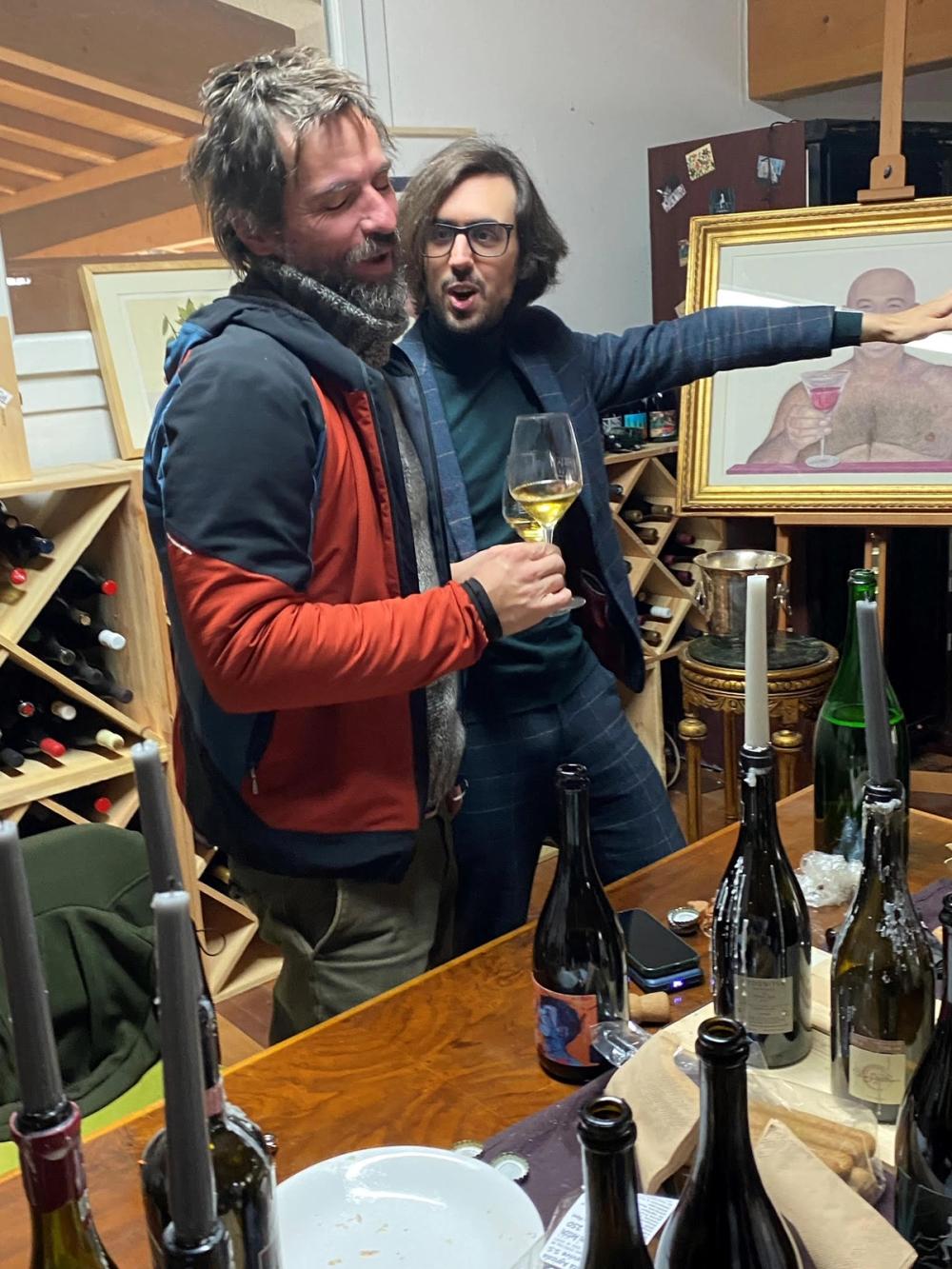
Gian Luca Bergianti – dubbed the messiah of Lambrusco – with Nelson Pari
I adore the wines from Barolo of Gian Luca Colombo and Stefano Amerighi, and Francesco Bordini of Villa Papiano in Modigliana, for their vision, and curiosity, intelligence and courage to be groundbreaking, and all the producers coming but, Gianluca Bergianti’s madness, or genius (he is dubbed the messiah of Lambrusco), is showing in an incredible way what can be done with the Lambrusco grapes, making really ageworthy, delicious, fascinating, intellectual examples.
There is one wine that he even makes by putting the grapes in beehives, that he discovered how to make by accident by leaving a strip of vines unpicked. He was talking with a friend who had beehives, where’s it’s 40 degrees in the summer or winter. He put five bunches of grapes in 100 difference hives, and the bees concentrated the grapes by feeding off them, and leaving a natural antiseptic that stops them from rotting. It’s amazing and it’s sold ‘off the list’ at Massimo Bottura’s for their best customers.
Anything else to say?
These wines are an inspiration.
- Swig’s new wave Italian tasting takes place at on March 18 tasting at 67 Pall Mall. Click here for more details and to register.
- Below is a full list of producers taking part – new producers to the UK marked with *.
Tuscany
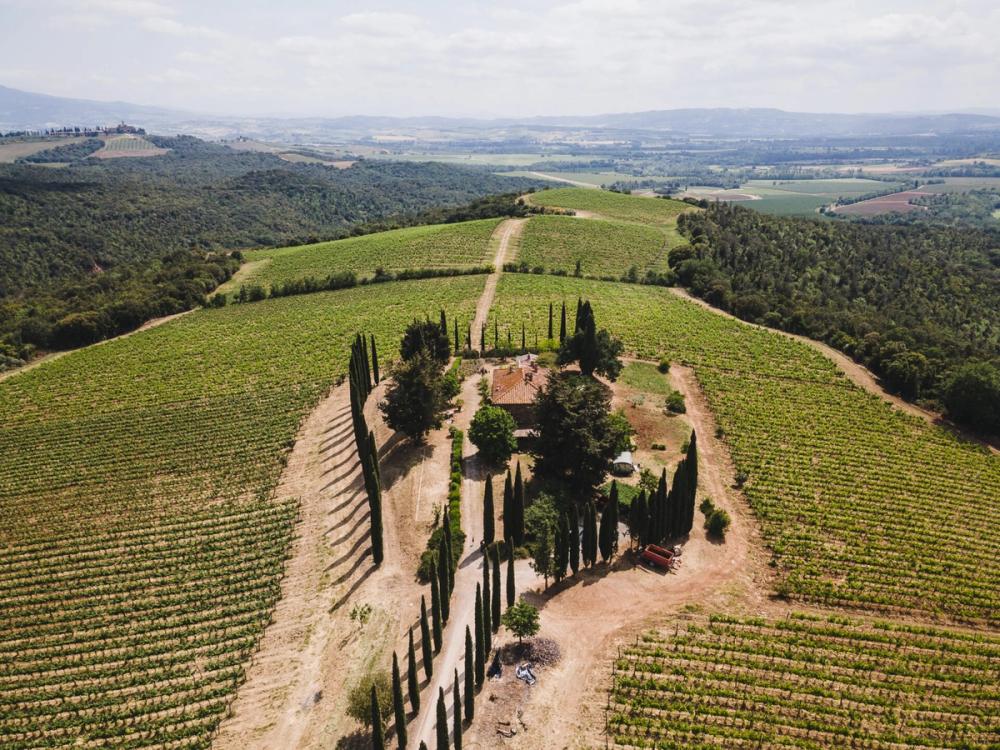
Cupano in Tuscany will be at the Swig tasting
Cupano (Montalcino, Tuscany) – Andrea Polidoro is continuing the work that Lionel Cousin started 20 years ago, by following the mentorship of Henri Jayer, in the commune of Camigliano—the closest area of Montalcino to the sea.
“The estate has progressed from organic to biodynamic, as well as reducing the use of new oak in the winery to around 25%. The results are, quite frankly, stunning” – Eric Guido, Vinous.com
*Fattoria del Pino (Montosoli, Montalcino, Tuscany) – Jessica Pellegrini is quietly crafting one of Montalcino’s finest expressions, from the elevated terroir of Montosoli, with minerality and finesse. Her Jeccardo, made from her Rosso vineyard, next to her Brunello vineyard, is outstanding value.
*Stefano Amerighi (Cortona, Tuscany) – Following his profound love for the northern Rhone, Stefano Amerighi planted Syrah in Cortona. In just a few years, he became one of the true cult producers in Italy.
Tenuta Sette Cieli (Bolgheri, Tuscany) – Elena Pozzolini, formerly at Bibi Graetz, and previously at Pietrasassi and Evening Land with Sashi Moorman and Raj Parr, is now in charge of the only estate that overlooks the historical high altitude Castiglioncello vineyard of Sassicaia.
*Cigliano di Sopra (Chianti Classico, Tuscany) – After working at Domaine de la Cote and Montevertine (Pergole Torte) and Fontodi, Maddalena Fucile and Matteo Vaccari are giving new life to the borgo of Cigliano in the UGA of San Casciano, taking Chianti Classico by storm.
*Cantina del Rospo (San Giovanni delle Contee, Tuscany) – Three childhood friends: one who now plants trees, who was marketing director of the famous Castellare di Castellina; the agronomist of Fonterenza and Pieve Santa Restituta; and the owner of Osteria Maccale, got together to preserve San Giovanni delle Contee, the village of their grandfathers, from becoming a ghost town. They are an incredible trio.
* Coste del Vivo (Seggiano, Tuscany) – Toby Owen makes small batch Sangiovese, now from 3 ha, around Seggiano, on the banks of river Vivo, and Monte Amiata, after working at San Polino and Casa Raia in Montalcino. The value is superb.
Piedmont

Gian Loca Colombo is one of the new wave producers coming to the Swig tasting on March 18
*Gian Luca Colombo (Barolo, Piedmont) – Gian Luca Colombo has redefined Barolo through his consulting work with Scarzello, Diego Conterno, and many others. He is now recognised as the leader of the Neoclassical movement, producing wines where terroir comes through more prominently than anything else.
*Garesio (Barolo, Piedmont) – Giovanna Garesio leads a stellar team, with Gian Luca Colombo as a consultant winemaker, at the base of the historical Cru of Cerretta in Serralunga d’Alba.
*Crissante (Barolo, Piedmont) – Alberto Alessandria brought new life to his family’s winery by focusing on the importance of communal wines in Barolo and by defining the style of the sub-zone of Santa Maria in La Morra.
Renato Corino (Barolo, Piedmont) – Located between the crus Arborina and Rocche dell’Annunziata, and neighbours Altare and Veglio, Corino has been part of the modernist movement of La Morra of the 1990s that brought international acclaim to Barolo. Now working with son Stefano.
Veneto
*Bele Casel (Prosecco, Veneto) – Situated in the Prosecco hills of Asolo, Bele Casel has made a significant impact in the market by leading the ‘Colfondo Agricolo’ movement, with a focus on reviving the ancient method of producing sparkling wines in Veneto.
Monte Santoccio (Valpolicella, Veneto) – Nicola Ferrari made wine with Giuseppe ‘Bepe’ Quintarelli from 2001 to 2012. He started his own label in 2007, above Fumane, and Purano, with cuttings from 100 year old vines, and carries the torch for the more delicate style of Ripasso and Amarone.
Lombardy
*Faccoli (Franciacorta, Lombardy) – The Faccoli family was the first to produce Franciacorta on the hills of Mount Orfano in Franciacorta. Now, Francesca Faccoli and her brother lead the second generation of this estate.
*Colline della Stella Andrea Arici (Franciacorta, Lombardy) – After being trained at Bellavista, Andrea Arici started his winery with a focus on zero dosage. He is now recognized as one of the most important growers of Franciacorta.
Emilia-Romagna
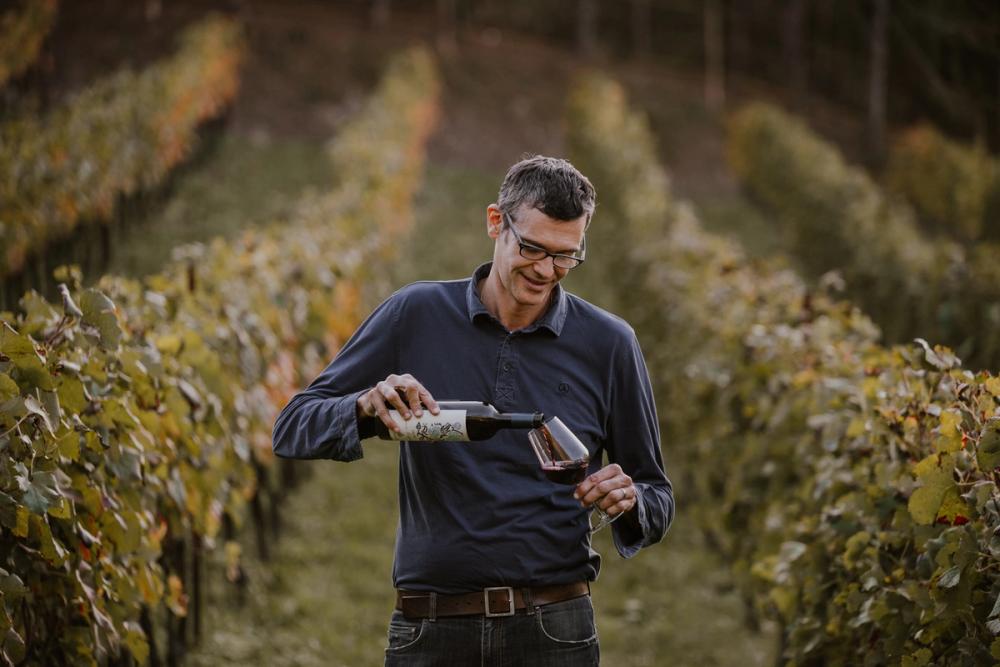
Francesco Bordini winemaker at Villa Papiano
*Villa Papiano (Modigliana, Romagna) – Following the footsteps of the historical estate Castelluccio, the renowned agronomist Francesco Bordini now leads the style of Modigliana, a small village in the Apennines known for its single-vineyard Burgundian approach. Exceptionally fine Sangiovese and Sauvignon.
*Gianluca Bergianti (Modena, Emilia) – The work done by Bergianti in opposing the tank method, and working with old massale cuttings of classic and nearly extinct varieties has earned him the title of Lambrusco’s Messiah. Gianluca is a mad genius. His sparkling wines are phenomenal. He loves tennis. John McEnroe is his favourite player. His wines are drunk as an apertif at many of the best cellars in Italy, and sell at Massimo Bottura (off the list), and at Stallo del Pomodoro.
Marche
*La Staffa (Verdicchio dei Castelli di Jesi, Marche) – Riccardo Baldi took on the heritage of the late Lucio Canestrari (Il Coroncino) by becoming the trademark producer of Staffolo, one of the most important sub-zones of Verdicchio dei Castelli di Jesi.
* Contrada Contro (Mount Sibillini, Marche) – Returning to his grandfather’s region, Andrea Polidoro from Cupano restored historical high-altitude vineyards in Mount Sibillini, including old “viti maritate” vines attached to trees.
La Calcinara (Verdicchio dei Castelli di Jesi, Marche) – Paolo Berluti and sister Eleonora, make one of the best rose’s we know, from Montepulciano. and a gorgeous style of Verdicchio, from Conero, on coast by Ancona, with vineyards of rocks and limestone.
